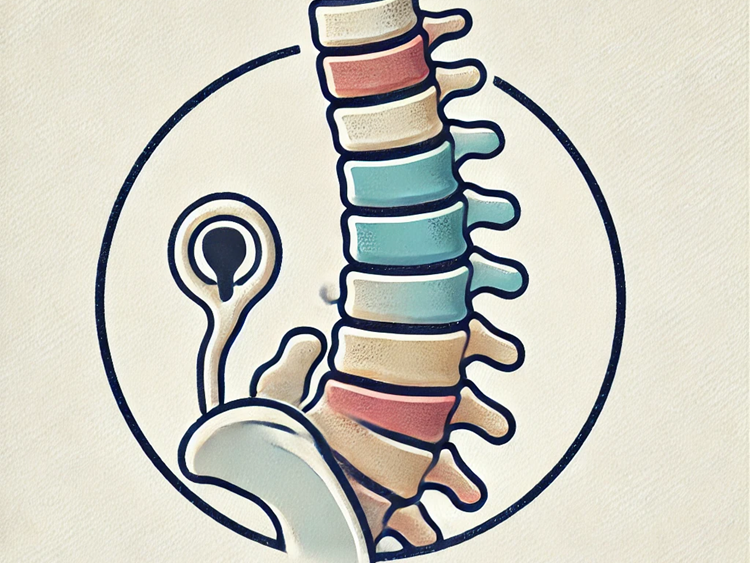Spina Bifida

Overview
Spina bifida is a congenital neural tube defect that occurs during early fetal development when the neural tube, which forms the spinal cord and the brain, does not close properly. This condition can lead to various spinal and neurological abnormalities. The severity of spina bifida varies, and it may cause mild to severe disabilities.
Spina bifida is one of the most common birth defects affecting the central nervous system. The exact cause is not fully understood, but both genetic and environmental factors are believed to play a role in its development.
Symptoms
The symptoms of spina bifida can range from mild to severe, depending on the type and extent of the defect. Common symptoms include:
- Visible gap or opening in the spine, often covered by a sac containing tissues and nerves
- Weakness or paralysis in the legs
- Orthopedic issues, such as deformities of the feet or hips
- Bladder and bowel problems
- Hydrocephalus (accumulation of cerebrospinal fluid in the brain), which may require a shunt to manage
- Cognitive and learning disabilities
It's important to note that the severity of symptoms can vary widely among individuals with spina bifida.
Causes
The exact causes of spina bifida are not entirely known, but a combination of genetic and environmental factors is believed to contribute to its development. Some factors that may increase the risk include:
- Genetic factors: A family history of spina bifida increases the risk.
- Folic acid deficiency: Inadequate intake of folic acid during pregnancy is associated with a higher risk of neural tube defects, including spina bifida.
- Medications: Certain medications, if taken during pregnancy, may increase the risk.
- Diabetes: Women with diabetes, especially if it is not well-controlled, have an elevated risk.
It's important for pregnant individuals to receive proper prenatal care, including adequate folic acid supplementation, to help reduce the risk of neural tube defects.
Types
There are different types of spina bifida, each classified based on the severity of the spinal cord and nerve involvement:
- Spina Bifida Occulta: This is the mildest form, where there is a small gap in the spine, but the spinal cord and nerves are usually not affected. It may not cause visible symptoms and might go unnoticed.
- Spina Bifida Cystica: This is a more severe form, and it is further divided into two subtypes:
- Myelomeningocele: The most severe form, involving a sac or cyst containing the spinal cord and nerves. This type often leads to paralysis and other neurological impairments.
- Meningocele: A sac containing the protective covering of the spinal cord (meninges) protrudes through the opening in the spine. The spinal cord and nerves are typically not in the sac.
Diagnosis
Spina bifida is often diagnosed during routine prenatal ultrasound examinations. If the condition is suspected, additional diagnostic tests may be performed, including:
- Alpha-fetoprotein (AFP) Test: Elevated levels of AFP in maternal blood may indicate a neural tube defect.
- Amniocentesis: A sample of amniotic fluid is collected to check for genetic abnormalities and elevated AFP.
- Ultrasound: Detailed imaging can help visualize the spine and identify any abnormalities.
Early diagnosis allows for better planning and management of the condition, including discussions about potential treatment options.
Treatment & Management
There is no cure for spina bifida, but treatment and management strategies aim to minimize complications and improve the individual's quality of life. Treatment may involve:
- Surgery: In cases of myelomeningocele, surgery is often performed to close the gap in the spine and place the exposed nerves and spinal cord back into the spinal canal. This is typically done shortly after birth.
- Shunts: Individuals with hydrocephalus may require the placement of a shunt to divert excess cerebrospinal fluid away from the brain and into the abdominal cavity.
- Physical and Occupational Therapy: These therapies help improve mobility, muscle strength, and overall function.
- Management of Complications: Ongoing care is needed to address issues such as orthopedic problems, bladder and bowel dysfunction, and cognitive challenges.
- Supportive Care: A multidisciplinary approach involving healthcare professionals, educators, and support groups can help individuals with spina bifida and their families navigate the challenges associated with the condition.
Early intervention and comprehensive care throughout a person's life are crucial for managing spina bifida and optimizing outcomes.


